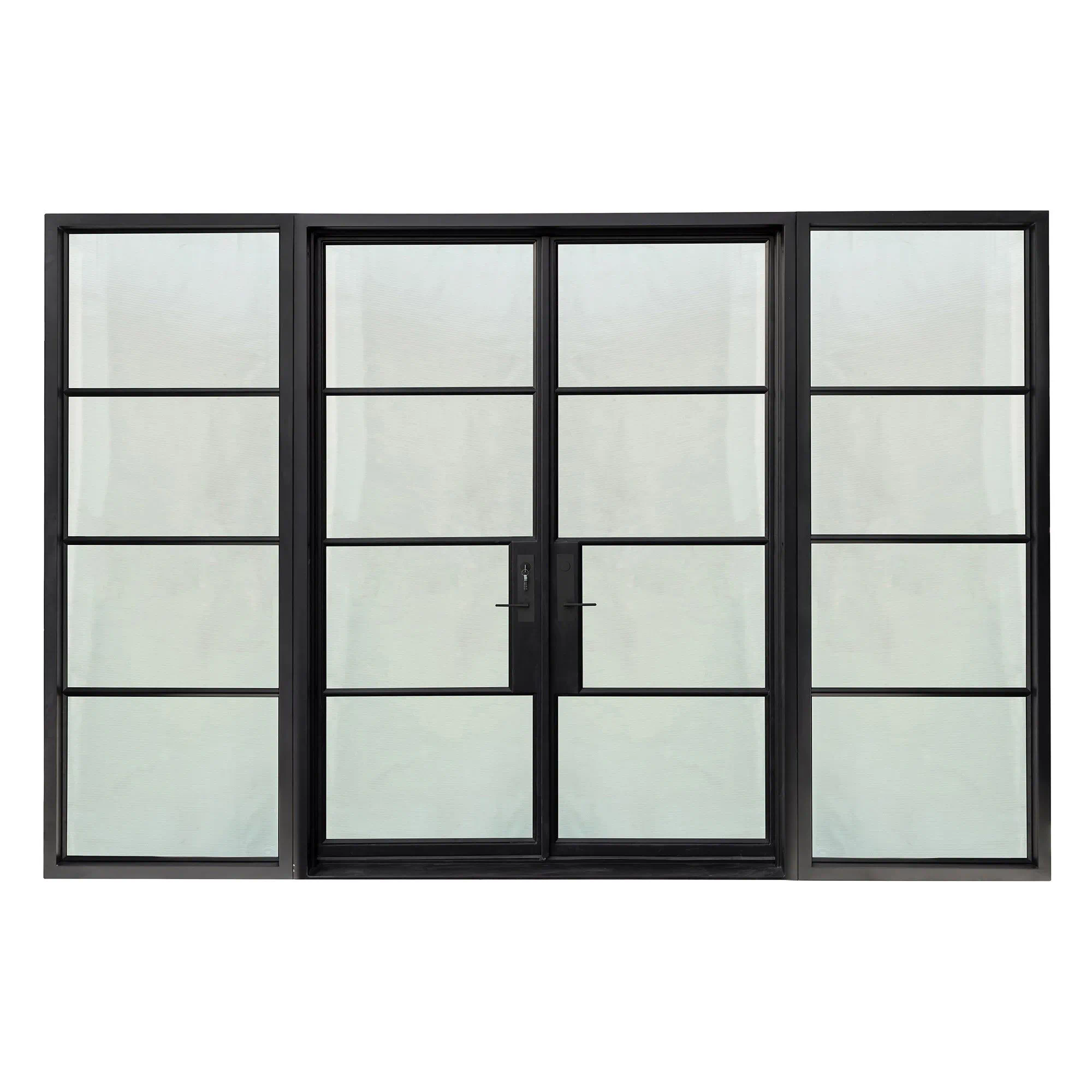Understanding Chemical Compatibility in Glass Lined Reactors
Glass-lined reactors are a cornerstone in many chemical processing industries due to their unique combination of durability and chemical resistance. These reactors are commonly employed for reactions involving corrosive chemicals, high temperatures, and rigorous operational conditions. However, the effectiveness and longevity of glass-lined reactors heavily depend on understanding and ensuring chemical compatibility. This article delves into the key aspects of chemical compatibility in glass-lined reactors, offering a comprehensive guide for professionals to optimize reactor performance and maintain safety standards.
Introduction to Glass-Lined Reactors
Glass-lined reactors are engineered with a glass coating fused onto a metal substrate, typically carbon or stainless steel. The glass lining provides a protective barrier against aggressive chemicals, preventing them from corroding the underlying metal. This makes glass-lined reactors particularly valuable in industries such as pharmaceuticals, chemicals, and petrochemicals, where reaction conditions can be harsh and corrosive.
Chemical Compatibility Basics
Chemical compatibility refers to the ability of materials, such as the glass lining in reactors, to withstand exposure to specific chemicals without deteriorating or reacting adversely. When a reactor’s glass lining is exposed to incompatible chemicals, it can lead to a range of problems including reduced lifespan of the reactor, contamination of the products, and potential safety hazards.
Key Factors Affecting Chemical Compatibility
1. Chemical Properties of the Reactants:
The nature of the chemicals used in the reactor significantly impacts compatibility. Strong acids, bases, oxidizers, and solvents can all pose challenges. Understanding the chemical properties, including pH, concentration, and temperature, is crucial for assessing compatibility.
2. Temperature and Pressure Conditions:
Elevated temperatures and pressures can accelerate the degradation of glass linings. It is essential to consider the operating conditions of the reactor to ensure that the glass lining can handle the thermal and pressure stresses without failure.
3. Reactivity of the Chemicals:
Some chemicals may react with the glass lining, causing etching or corrosion. For instance, hydrofluoric acid is highly reactive with glass and can cause significant damage.
Glass Lining Materials and Their Properties
The glass lining used in reactors is typically made from borosilicate glass, which offers a balance between chemical resistance and mechanical strength. Borosilicate glass is known for its ability to withstand thermal shock and resist attack from many chemicals. However, not all glass linings are the same, and different formulations offer varying levels of resistance.
Assessing Compatibility
To ensure compatibility, it is essential to conduct thorough compatibility testing and analysis. This includes:
1. Material Compatibility Testing:
Laboratory tests can simulate the reactor conditions and evaluate the performance of the glass lining against different chemicals. This helps in identifying potential issues before they occur in actual operations.
2. Historical Data and Case Studies:
Reviewing past experiences glass lined reactor vessel and case studies of similar reactions and chemicals can provide valuable insights. Industry reports and historical data can highlight potential problems and best practices.

3. Manufacturer Specifications:
Consulting with the manufacturer for compatibility guidelines and recommendations is vital. Manufacturers often provide detailed information on the chemical resistance of their glass linings.
Common Compatibility Issues and Solutions
1. Acid Attack:

Strong acids like sulfuric and hydrochloric acid can cause significant damage to glass linings. To mitigate this, using specialized acid-resistant glass linings or employing protective coatings can help extend the reactor’s lifespan.
2. Alkali Corrosion:
Alkalis such as sodium hydroxide can attack glass linings over time. Choosing glass linings with higher resistance to alkali or incorporating secondary containment systems can reduce the risk of damage.
3. Thermal Shock:
Sudden temperature changes can lead to cracking or chipping of the glass lining. Implementing gradual heating and cooling procedures can minimize thermal shock and protect the reactor.
Maintenance and Inspection
Regular maintenance and inspection are crucial for ensuring long-term performance and safety of glass-lined reactors. Scheduled inspections can identify early signs of wear and tear, allowing for timely repairs or replacements. Maintenance practices should include:
1. Visual Inspections:
Regularly checking the glass lining for visible damage such as cracks or chips is essential. Any signs of degradation should be addressed promptly to prevent further issues.
2. Performance Monitoring:
Monitoring the performance of the reactor, including chemical concentrations and reaction conditions, helps in detecting any deviations that might indicate compatibility issues.
3. Cleaning Protocols:
Proper cleaning procedures should be followed to prevent the buildup of residues that could affect the glass lining’s integrity. Using appropriate cleaning agents and techniques is crucial.
Case Studies and Real-World Applications
1. Pharmaceutical Industry:
In pharmaceutical manufacturing, precise chemical reactions and high purity standards are critical. Glass-lined reactors are used extensively due to their chemical resistance and ease of cleaning. Understanding the specific chemicals involved and their interactions with the glass lining is essential for ensuring optimal reactor performance.
2. Chemical Processing:
Chemical processing industries often deal with a wide range of reactive chemicals. Case studies have shown that customizing glass linings to match the specific chemicals and operating conditions can significantly improve reactor longevity and reduce maintenance costs.
3. Petrochemical Industry:
The petrochemical industry frequently uses glass-lined reactors for handling corrosive substances. Tailoring the glass lining to withstand high temperatures and aggressive chemicals is crucial for maintaining reactor efficiency and safety.
Future Trends and Innovations
Advancements in materials science and engineering continue to improve the performance of glass-lined reactors. Innovations such as advanced glass formulations, coatings, and hybrid materials are being developed to enhance chemical compatibility and reactor longevity. Staying informed about these developments can help professionals make informed decisions about reactor materials and maintenance practices.
Conclusion
Understanding chemical compatibility in glass-lined reactors is essential for ensuring their efficient operation and longevity. By carefully assessing the chemical properties of reactants, operating conditions, and the performance of glass linings, professionals can optimize reactor performance and maintain high safety standards. Regular maintenance, thorough testing, and staying updated with industry advancements are key to overcoming compatibility challenges and achieving successful chemical processing outcomes.
https://inorthshore.com/
